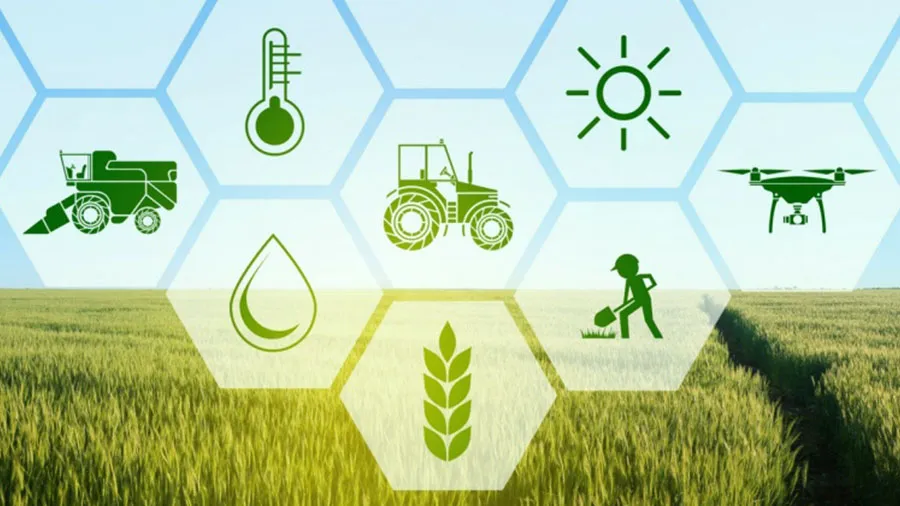Agriculture has been the heart of India for centuries. With about 60% of the population relying on farming for their livelihoods, it plays a crucial role in the country’s economy. India is one of the largest producers of various crops, including rice, wheat, and pulses, making it an agricultural powerhouse.
Importance of Agriculture:
Agriculture plays a crucial role in India’s economy. It contributes around 18% to the country’s Gross Domestic Product (GDP) and is essential for food security. The sector not only provides food for the nation but also raw materials for various industries, such as textiles, sugar, and dairy. Furthermore, it supports rural livelihoods, ensuring that millions of families have a source of income.
Major Crops and Practices:
India produces a variety of crops, including cereals, pulses, fruits, and vegetables. Some of the major crops are:
- Rice: Grown primarily in states like West Bengal, Uttar Pradesh, and Punjab.
- Wheat: Mostly cultivated in the northern plains, particularly in Punjab and Haryana.
- Pulses: These are crucial for Indian diets and are grown across various states.
Additionally, India is one of the largest producers of spices, tea, and coffee, showcasing its agricultural diversity.
Government Initiatives:
The Indian government has introduced various schemes to support the agriculture sector, such as the Pradhan Mantri Kisan Samman Nidhi (PM-KISAN) scheme, which provides direct income support to farmers. Additionally, initiatives like the Soil Health Card scheme aim to promote sustainable farming practices by providing farmers with information on soil health and nutrient management.
Example: The Green Revolution
One notable example of successful agricultural reform is the Green Revolution in Punjab during the 1960s and 1970s. This initiative introduced high-yielding varieties of seeds, improved irrigation facilities, and advanced farming techniques. As a result, Punjab transformed into a major wheat-producing state, significantly boosting food production in India.
The success of the Green Revolution not only increased food security but also empowered farmers with better income. Today, Punjab is known as the “Granary of India,” a testament to how innovation can lead to remarkable changes in agriculture.
Challenges in Agriculture:
Despite its importance, the agriculture sector faces several challenges. These include:
- Climate Change: Unpredictable weather patterns can lead to droughts or floods, impacting crop yields.
- Market Access: Farmers often struggle to sell their produce at fair prices due to lack of infrastructure and market information.
- Debt: Many farmers take loans to buy seeds and equipment. If their crops fail, they can fall into debt.
Conclusion:
In conclusion, the agriculture sector in India is a dynamic and essential part of the nation’s identity. While challenges persist, innovative solutions and government support can pave the way for a more prosperous future. By focusing on sustainable practices and modern techniques, India can ensure that its agricultural backbone remains strong for generations to come.
– Ketaki Dandekar (Team Arthology)
Read more about Agriculture Sector here – https://www.linkedin.com/pulse/agricultural-khetigaadi
